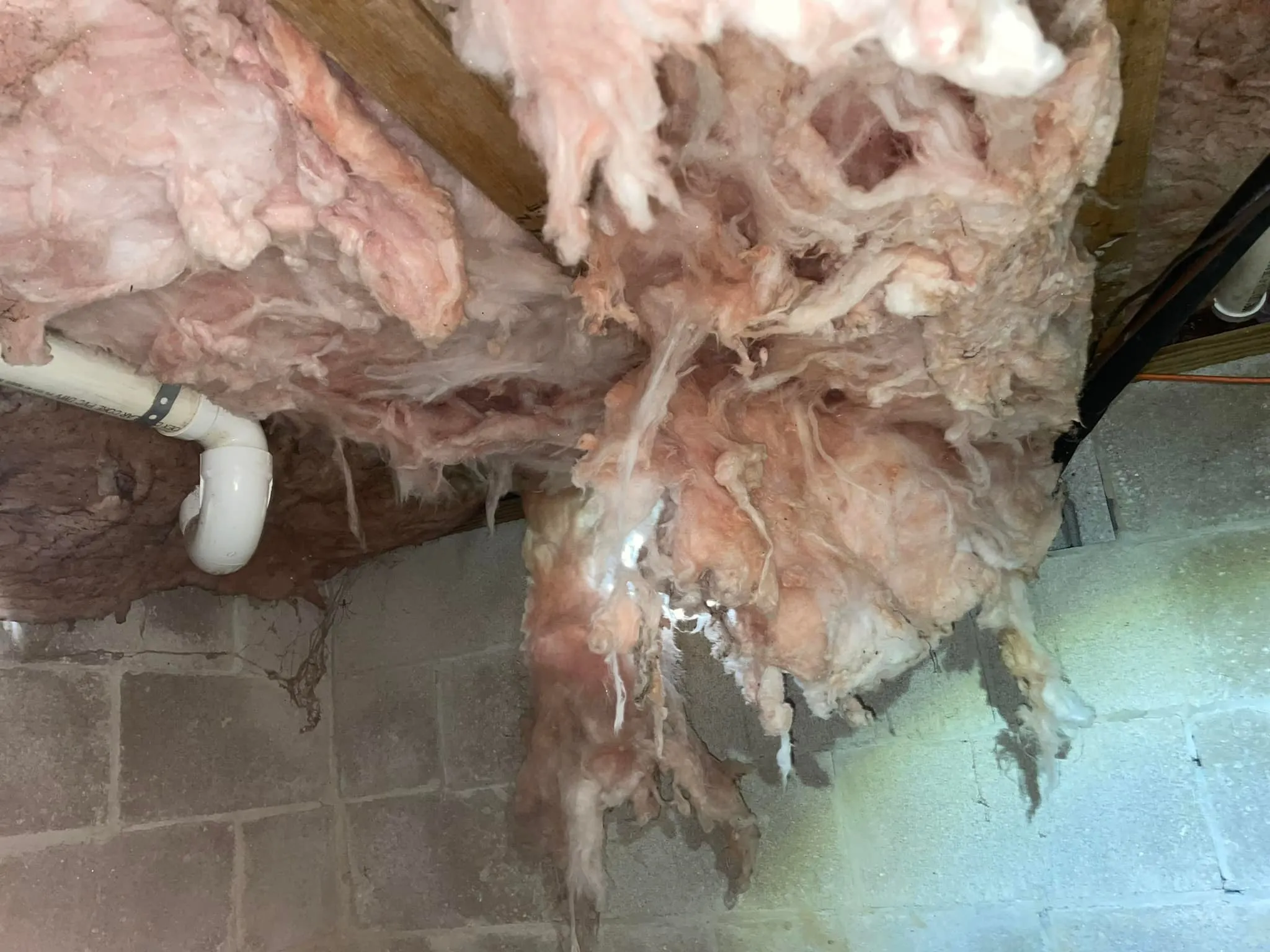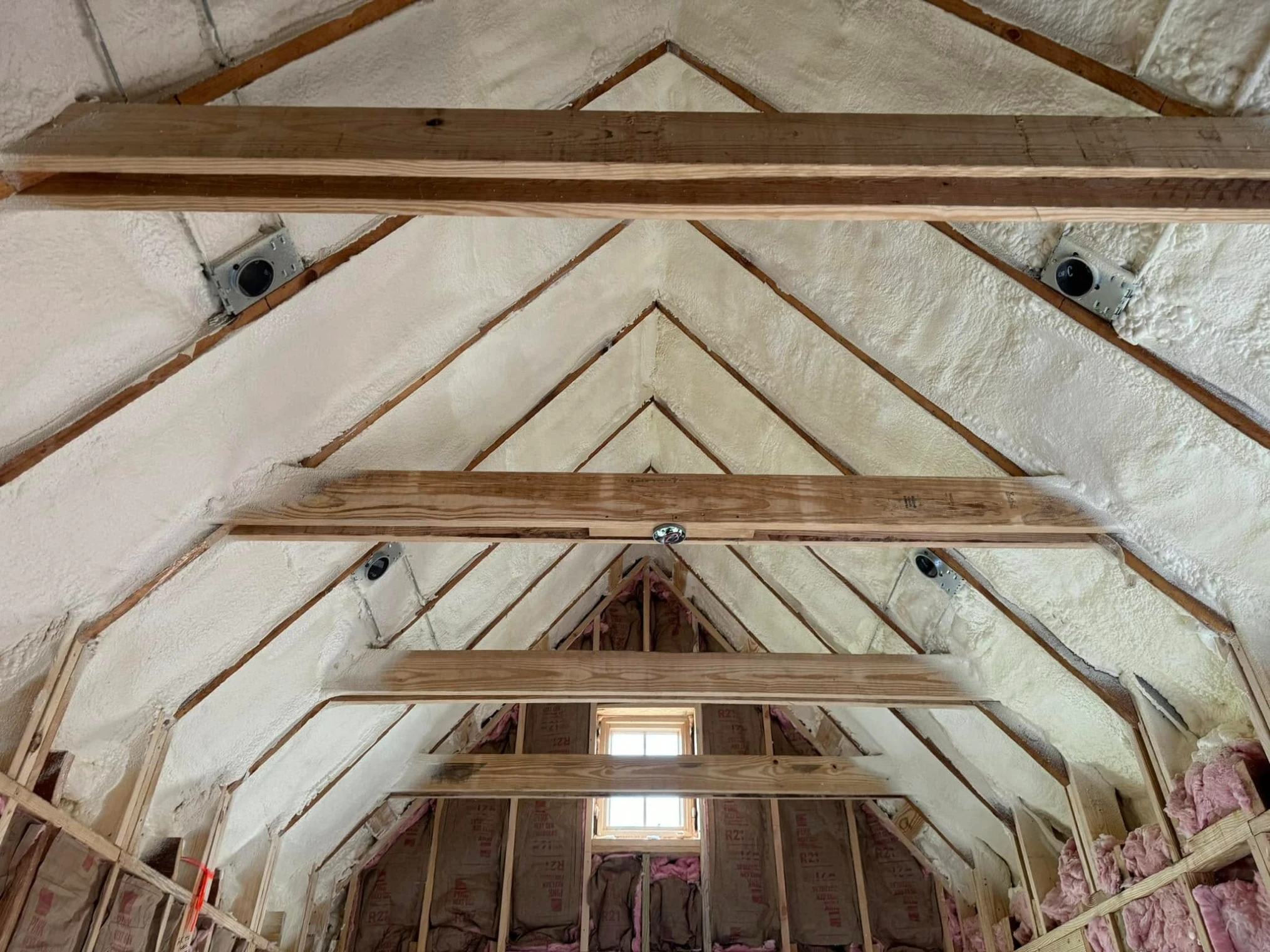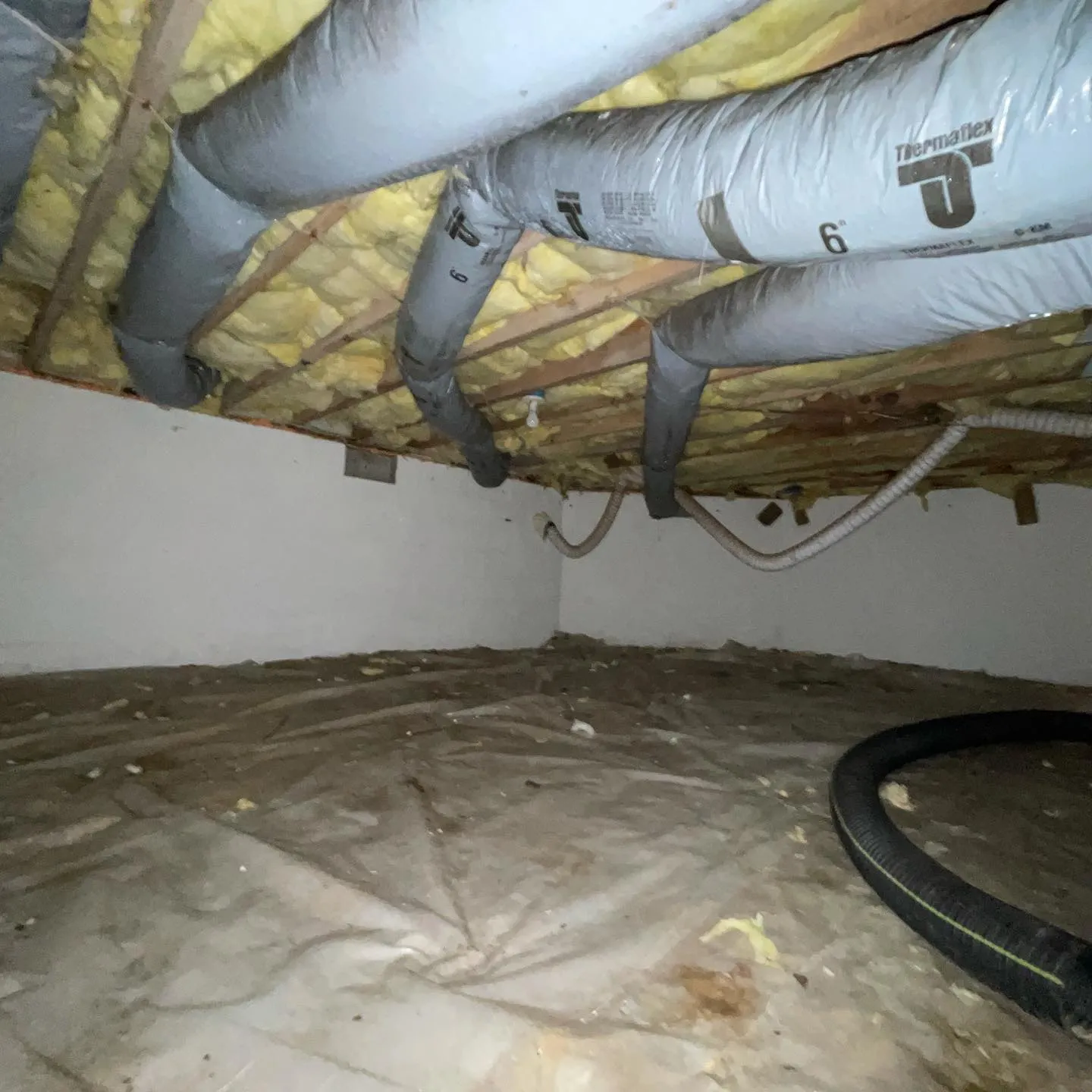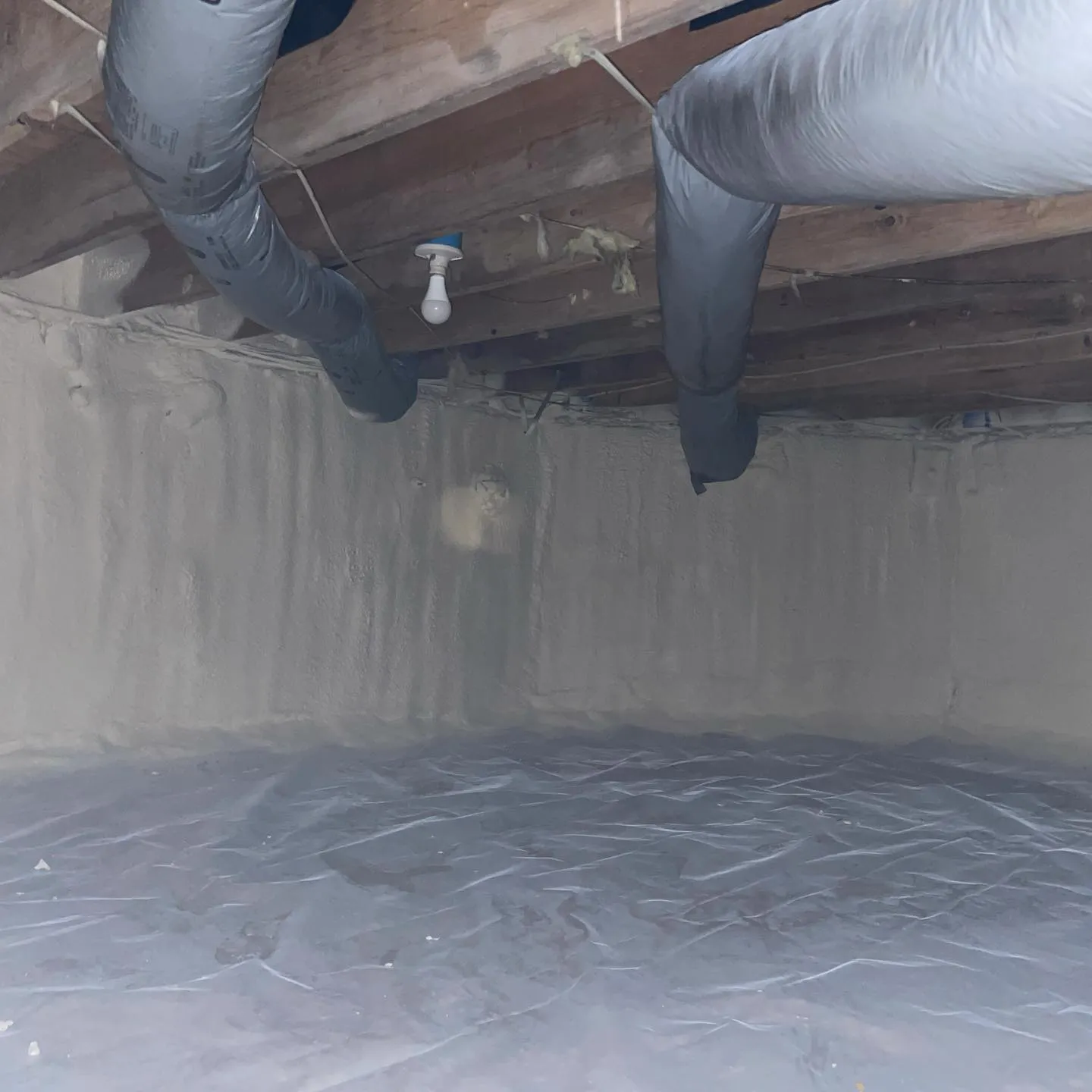

Spray foam insulation eliminates the three most critical attic problems: air leakage, moisture infiltration, and thermal bridging. Unlike traditional insulation materials that simply slow heat transfer, spray foam creates an airtight seal that addresses multiple performance issues simultaneously. This comprehensive approach transforms problematic attics into highly efficient thermal barriers.
The solution lies in spray foam’s unique expansion properties and adhesive characteristics. When applied, the material expands to fill every gap, crack, and crevice while forming a continuous barrier that traditional batts and blown-in materials cannot achieve. Based on extensive field experience across various climate conditions, spray foam consistently outperforms conventional insulation methods in addressing the root causes of attic inefficiencies.
Traditional attic insulation faces several performance challenges that compound over time. Air infiltration through unsealed penetrations creates convective loops that reduce insulation effectiveness by up to 40%. Moisture problems develop when warm, humid air reaches cold surfaces, leading to condensation and potential mold growth.
Thermal bridging occurs where structural elements create continuous paths for heat transfer. According to the Department of Energy, air leakage accounts for 25-30% of heating and cooling costs in typical homes. Settling and compression of traditional materials create gaps that worsen these problems.
| Common Attic Issues | Impact on Performance | Traditional Solution Limitations |
|---|---|---|
| Air leakage through penetrations | 25-40% efficiency loss | Cannot seal irregular gaps |
| Moisture infiltration | Condensation and mold risk | Vapor barriers often incomplete |
| Thermal bridging at framing | Heat loss through structure | No thermal break at connections |
| Insulation settling | Reduced R-value over time | Material compression inevitable |
| Rodent intrusion | Contamination and damage | Easy access through gaps |
Bonus Tip: Check for ice dams during winter months. Their presence indicates significant air leakage and insulation problems that spray foam specifically addresses.
Spray foam’s cellular structure creates both insulation and air sealing in a single application. The material’s expansion ratio allows it to fill the smallest cracks while maintaining structural integrity. Open-cell spray foam provides excellent sound dampening and allows controlled vapor permeability, while closed-cell foam delivers superior moisture resistance and structural reinforcement.
The adhesive properties ensure permanent attachment to substrates, eliminating settling concerns. Spray foam also deters rodents and insects due to its dense, impermeable surface. Installation techniques must account for specific attic configurations, including cathedral ceilings, knee walls, and complex rooflines.
| Spray Foam Type | R-Value per Inch | Air Sealing | Moisture Control | Best Applications |
|---|---|---|---|---|
| Open Cell | 3.5-3.8 | Excellent | Moderate | Attic floors, soundproofing |
| Closed Cell | 6.0-6.5 | Superior | Excellent | Roof decks, moisture-prone areas |
According to Building Science Corporation research, spray foam attics maintain temperature differentials within 2-3 degrees of conditioned spaces, compared to 15-20 degrees with traditional insulation.
Regional climate conditions significantly influence spray foam selection and application methods. Hot, humid climates require careful vapor management to prevent moisture accumulation. Cold climates demand attention to ice dam prevention and thermal bridging at structural connections.
Mixed climates present the greatest challenge, requiring solutions that handle both heating and cooling seasons effectively. Attic ventilation strategies must align with spray foam type selection. Closed-cell applications often eliminate the need for traditional ventilation, while open-cell installations may require modified ventilation approaches.
Bonus Tip: In coastal areas, use closed-cell spray foam to prevent salt air infiltration that accelerates corrosion of HVAC equipment and electrical components.
Peninsula Insulation, LLC specializes in transforming problematic attics through strategic spray foam applications. Our approach addresses each property’s unique challenges through customized insulation strategies.
Evaluate existing attic conditions thoroughly before proceeding with spray foam installation. Address any moisture sources, structural issues, or electrical concerns first. Determine whether existing insulation requires removal or can remain in place.
Consider HVAC system location and ductwork sealing requirements. Spray foam installation may affect attic ventilation needs, requiring consultation with building professionals. Local building codes may specify requirements for thermal barriers or fire-resistant coatings.
Budget for potential additional work such as air handler sealing or electrical modifications. Plan installation timing around weather conditions, as temperature and humidity affect application quality. Ensure adequate access for installation equipment and proper ventilation during application.
Bonus Tip: Schedule installation during moderate weather conditions. Extreme temperatures or high humidity can affect foam expansion and curing, potentially compromising performance.

Understanding spray foam specifications helps in making informed decisions about attic insulation upgrades. Performance metrics vary significantly between open and closed-cell formulations.
| Performance Metric | Open Cell Foam | Closed Cell Foam | Traditional Batts |
|---|---|---|---|
| Air permeability (CFM/ft²) | <0.02 | <0.004 | 5.0-25.0 |
| Vapor permeance (perms) | 16.0 | 1.5 | Variable |
| Compressive strength (psi) | 1.0-2.0 | 25-35 | Negligible |
| Service life (years) | 80+ | 100+ | 20-30 |
| Installation speed (sq ft/hour) | 1,500-2,000 | 800-1,200 | 200-400 |
The National Institute of Standards and Technology reports that spray foam maintains its thermal performance throughout its service life, unlike traditional materials that degrade due to settling and compression.
Remove existing insulation if contaminated or severely compressed. Seal major air leaks and address moisture sources. Ensure electrical and plumbing work is complete, as accessing these systems becomes difficult after foam application.
Closed-cell foam installations typically eliminate the need for attic ventilation by creating a sealed, conditioned space. Open-cell applications may require modified ventilation strategies depending on local codes and climate conditions.
This depends on the condition and type of existing material. Clean, dry fiberglass batts may remain, while loose-fill materials often require removal to ensure proper adhesion and performance.
Professional installation requires specialized equipment and safety protocols. Occupants must vacate the premises during application and curing periods due to chemical emissions.
Solving attic insulation problems requires expertise in material selection, application techniques, and building science principles. Peninsula Insulation, LLC brings extensive experience in transforming problematic attics into high-performance thermal barriers.
Contact Peninsula Insulation at wil@mdsprayfoam.net or (410) 770-2624 to discuss your specific attic challenges. Our team evaluates each situation individually, recommending solutions that address root causes rather than symptoms. Professional assessment ensures optimal material selection and application methods for lasting performance improvements.
Properly installed spray foam maintains its insulation properties for 80-100 years without settling or degrading. Unlike traditional materials that compress over time, spray foam retains its original thickness and R-value throughout its service life.
Spray foam actually deters rodents and insects due to its dense, impermeable surface that eliminates entry points. The material provides no food source and creates an inhospitable environment for pest infiltration.
When properly installed with appropriate ventilation strategies, spray foam prevents moisture problems by eliminating condensation points. Incorrect application or inadequate vapor management can create issues, making professional installation essential.
Spray foam maintains structural integrity and insulation properties across temperature ranges from -40°F to 180°F. The material’s flexibility prevents cracking during thermal expansion and contraction cycles common in attic environments.
Energy-efficient improvements like spray foam insulation typically increase property values by 3-5% according to real estate studies. The permanent nature and superior performance create lasting value that buyers recognize during home inspections.


